A group of scientists from the Senckenberg Research Institute in Frankfurt, Germany, set out several years ago to put a human face on archaic hominid species that formerly roamed the Earth. Using advanced forensic techniques, they produced 27 model heads based on bone pieces, teeth, and skulls discovered around the world during the last century. The intricately sculpted skulls are the result of years of research throughout Africa, Asia, and Europe.

At least a dozen human-like species have existed on Earth over the previous 8 million years. The facial reconstructions, which are part of the Safari zum Urmenschen exhibition (“Safari of Early Humans”), take us on a journey through time, beginning seven million years ago with the species Sahelanthropus tchadensis and ending with modern-day Homo sapiens.
Each face tells its own story about the lives of hominids in their respective era, including where they lived, what they ate, and their likely cause of death. Each face offers its own tale about the life of hominids in that age, including where they lived, what they ate, and how they died. When it originally opened, the display sparked heated debate, owing to decades-long scholarly disagreements over the classification of these ancient species.
Fossils are notoriously difficult to classify as one species or another. Only a few thousand prehistoric fossils have been unearthed, and entire subspecies are frequently known only from a single jaw or incomplete skull.
For example, the recent discovery of a skull in Dmansi in Turkey suggested that a number of contemporary species of early “Homo” – Homo habilis, Homo rudolfensis, Homo ergaster, and Homo erectus – are actually just variations of one species.
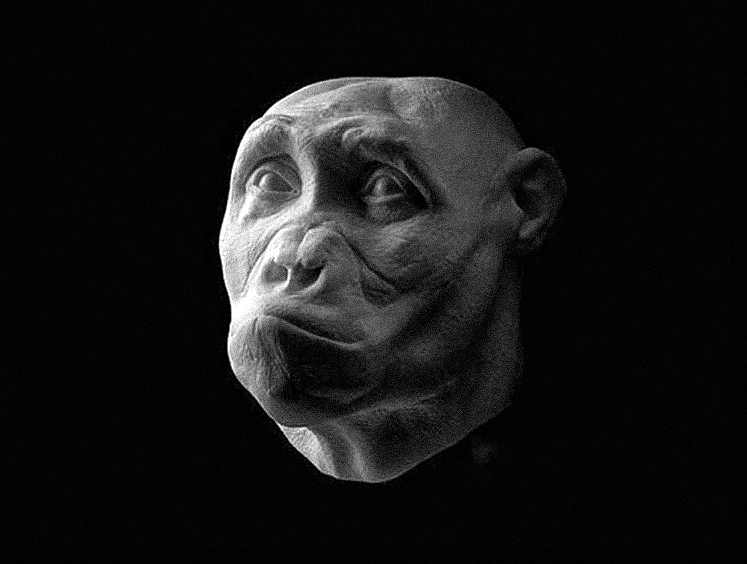
Bones can only reveal so much, and specialists are obliged to make informed estimates to fill in the gaps in an 8 million-year-old hominid family tree. Paleoanthropologists must rewrite the origins of mankind’s forebears with each new finding, adding new branches and recording when species split, and many discoveries, rather than providing answers about our ancient past, just raise additional questions.
Toumai (“hope of life”) is the name given to the bones of a hominid discovered more than a decade ago in the Djurab desert of Chad, Western Africa, belonging to the Sahelanthropus tchadensis species. It is one of the oldest hominid specimens ever discovered, dating back 6.8 million years.
The cranium of Sahelanthropus tchadensis was quite tiny. The braincase is only 320 cm³ to 380 cm³ in volume, which is comparable to that of current chimps and far less than the average human volume of 1350 cm³.
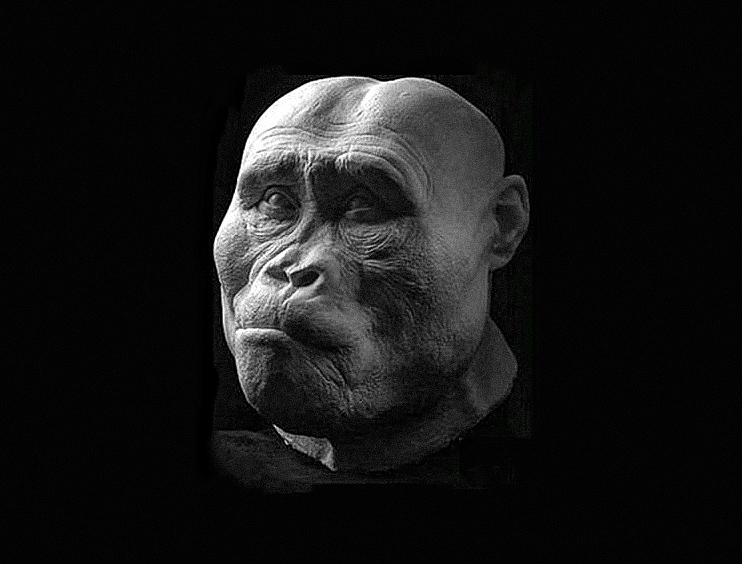
Australopithecus afarensis lived between 3.9 and 2.9 million years ago and had a brain capacity of 380 to 430 cc. A number of remains of this species have been discovered in Ethiopia, including the individual depicted above, whose skull and jaw were discovered in 1975 among the remains of seventeen others (nine adults, three adolescents, and five children) in Ethiopia’s Afar Region. “Lucy,” a 3.2 million-year-old nearly complete skeleton discovered in Hader, is the most well-known example of an Australopithecus afarensis.
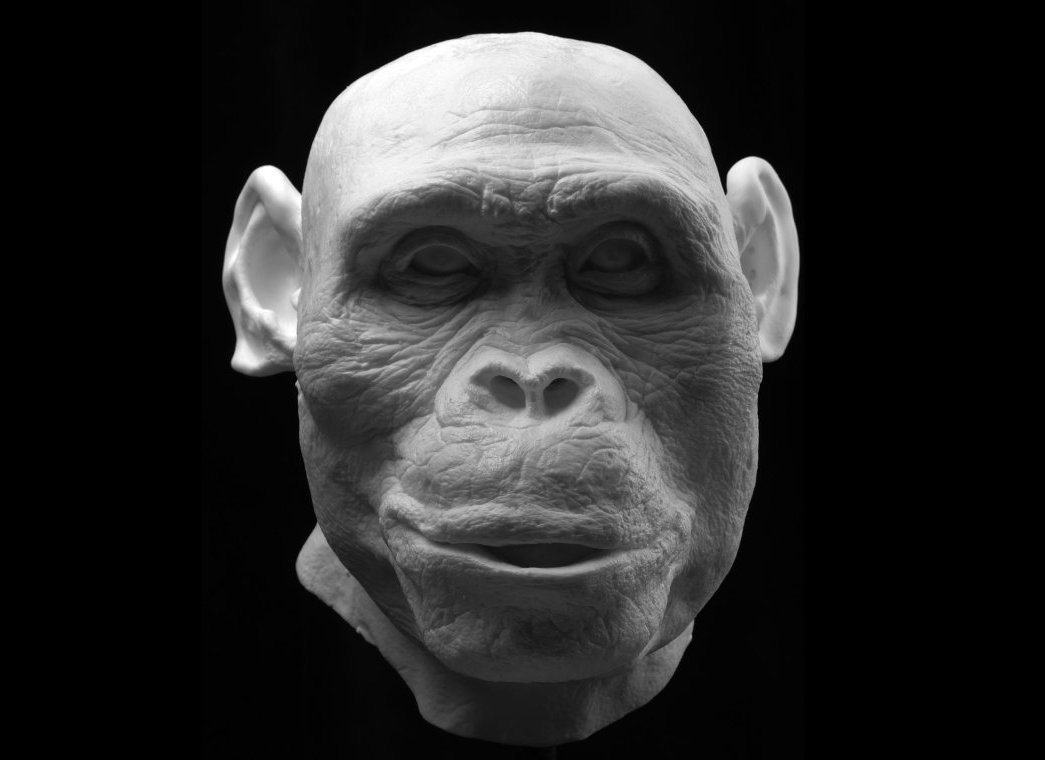
Mrs Ples is a common nickname for the most complete Australopithecus africanus skull, which was discovered in Sterkfontein, South Africa, in 1947. Although the sex of the fossil is not entirely certain, ‘she’ was a middle-aged individual who lived 2.5 million years ago and had a brain capacity of 485 cc.
Mrs Ples died after falling into a chalk pit, and her remains were preserved when the pit filled with sediment later. The large jaws and teeth of the Australopithecus africanus species, which lived in southern Africa between 3 and 2 million years ago, have long perplexed experts, but they now believe the skull design was perfect for splitting nuts and seeds.
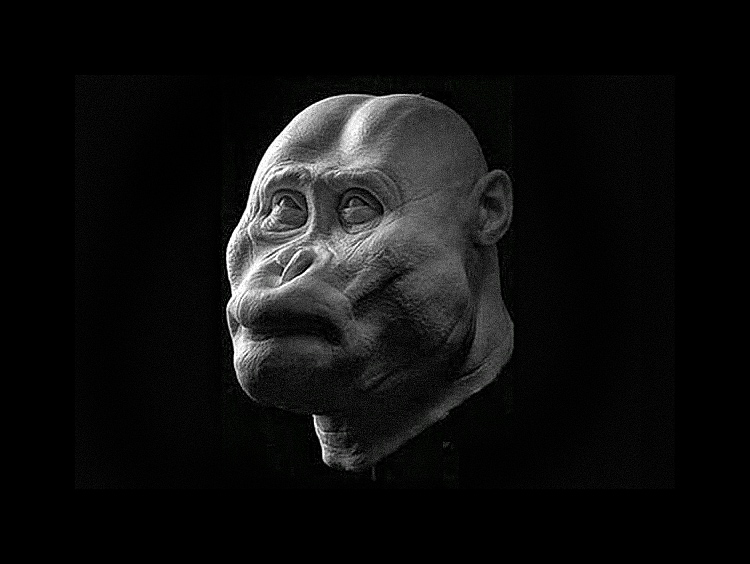
Paranthropus aethiopicus is a species of hominid that is believed to have lived between 2.7 and 2.5 million years ago. Very little is known about them because so few remains have been found.
The individual depicted has been reconstructed from the skull of a male adult found on the west shore of Lake Turkana in Kenya in 1985. He became known as “Black Skull” due to the dark colouration of the bone caused by high levels of manganese. Black Skull had a cranial capacity of 410 cc, and the shape of his mouth indicates that he had a strong bite and could chew plants.
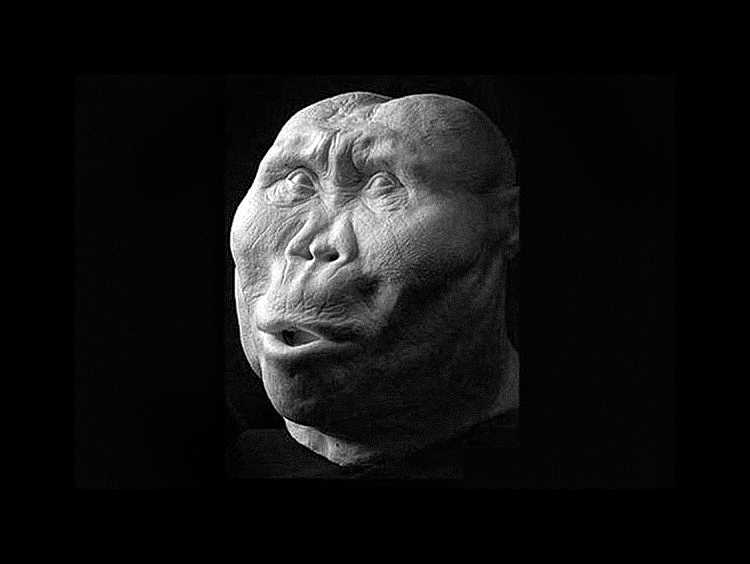
“Zinj” is the name given to a 1.8 million-year-old skull of the Paranthropus boisei species found in 1959 in the Olduvai Gorge of Tanzania. Named after the original classification of the species, Zinjanthropus boisei, Zinj was the first one to be found belonging to this group of hominids.
Paranthropus boisei lived in Eastern Africa from about 2.3 to 1.2 million years ago. They had a brain volume of about 500 to 550cc and they would have eaten seeds, plants and roots which were dug up using sticks of bones. Due to the strong jaw that would have also been used for cracking nuts, Zinj is also known as the ‘Nutcracker Man’.

This model is of an adult male of the species Homo rudolfensis, reconstructed from 1.8-million-year-old bone fragments found in Koobi Fora, Kenya, in 1972. He used stone tools and ate meat and plants. Homo rudolfensis lived from 1.9 to 1.7 million years ago and had a larger cranial capacity than his contemporaries, ranging from 530 to 750cc. They had distinctive features including a flatter, broader face and broader post-canine teeth, with more complex crowns and roots.
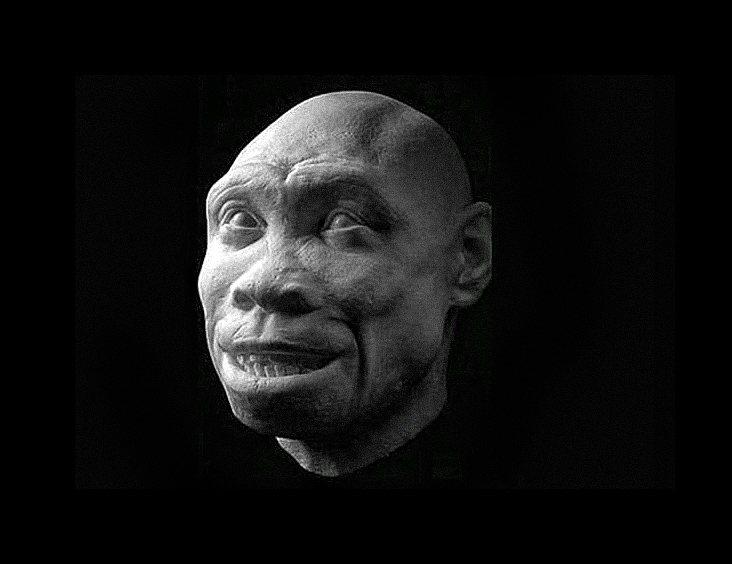
Finding ‘Turkana Boy’ was one of the most spectacular discoveries in palaeoanthropology. His reconstruction came from the almost perfectly preserved skeleton found in 1984 at Nariokotome near Lake Turkana in Kenya. It is the most complete early human skeleton ever found.
Turkana Boy is believed to have been somewhere between 7 and 15 years of age and lived 1.6 million years ago. According to research, the boy died beside a shallow river delta, where he was covered by alluvial sediments. Homo ergaster lived between 1.8 and 1.3 million years ago and had a cranial capacity of 700 to 900 cc. Remains have been found in Tanzania, Ethiopia, Kenya, and South Africa.
‘Miguelon’ is the name given to the remains of an adult male belonging to the Homo heidelbergensis group, discovered in Sima de los Huesos (“the pit of bones”), Spain, in 1993. More than 5,500 human fossils of this species, which are considered to be the direct ancestor of Neanderthals, have been found in the Sima de los Huesos site.
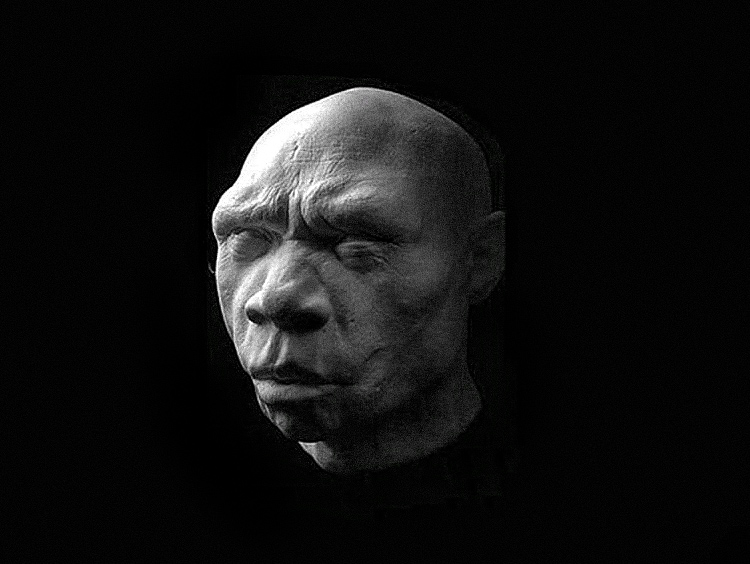
Miguelon, which is the nickname of “Atapuerca 5”, is the most complete skull of a Homo heidelbergensis ever found. Miguelon is a thirty-year-old male who died around 400,000 years ago. His skull showed evidence of 13 separate impacts and he died of septicaemia resulting from broken teeth – a tooth had been broken in half by a strong blow, so that the flesh had been exposed and led to an infectious process that continued until nearly the orbital bone.
The model, shown here, does not include the deformity. Homo heidelbergensis lived between 1.3 million and 200,000 years ago. Their cranial volume of 1100 to 1400 cc overlaps the 1350 cc average of modern humans. Fossils of this species have been found in Spain, Italy, France and Greece.
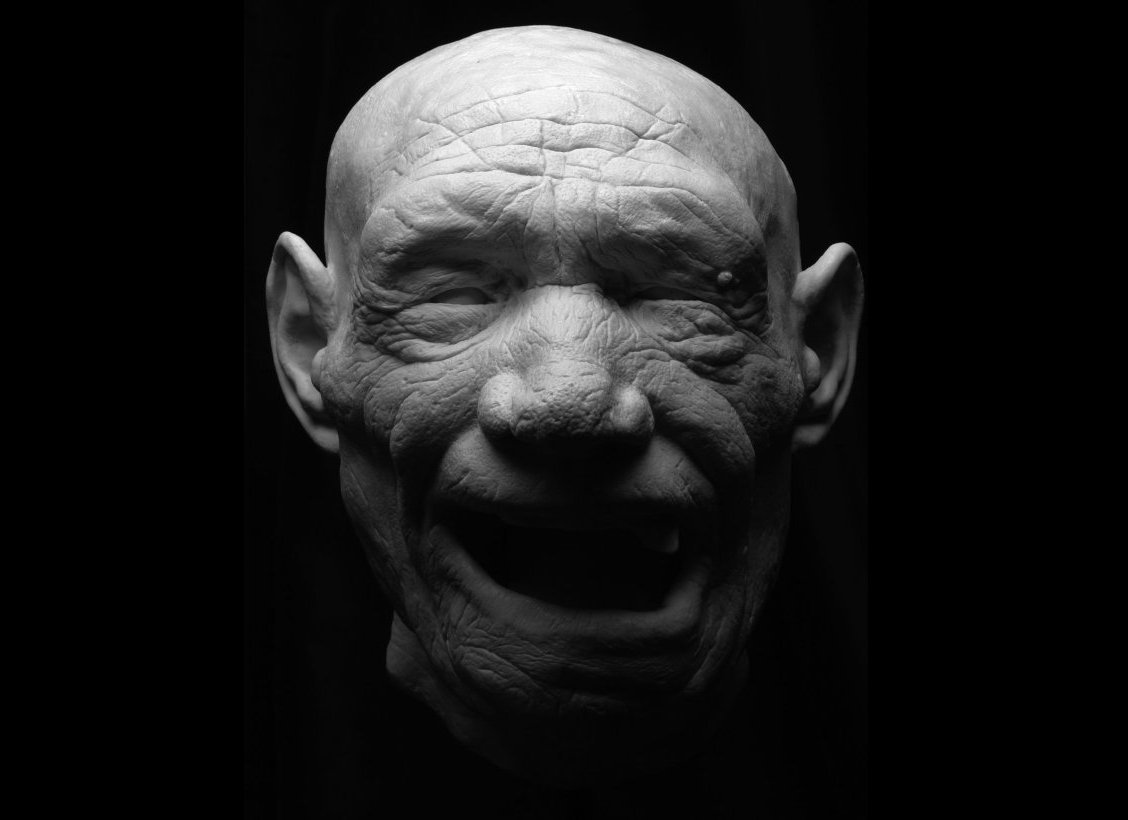
The “Old Man of La Chapelle” was recreated from the skull and jaw of a Homo neanderthalensis male found buried in the limestone bedrock of a small cave near La Chapelle-aux-Saints, in France in 1908.
He lived 56,000 years ago and was the first relatively complete skeleton of a Neanderthal ever found. Scientists estimate he was relatively old by the time he died, as bone had re-grown along the gums where he had lost several teeth, perhaps decades before. He lacked so many teeth in fact that it’s possible he needed his food ground down before he was able to eat it.
The old man’s skeleton indicates that he also suffered from a number of afflictions, including arthritis, and had numerous broken bones. Neanderthals are generally classified by paleontologists as the species Homo neanderthalensis, but some consider them to be a subspecies of Homo sapiens (Homo sapiens neanderthalensis).
The first humans with proto-Neanderthal traits are believed to have existed in Europe as early as 600,000–350,000 years ago, and they died out around 30,000 years ago. The Neanderthal’s cranial capacity was notably larger than the 1350 cc average for modern humans. However, they also had a larger body size. Recent research now points to the fact that they had the same or similar levels of intelligence as modern humans.
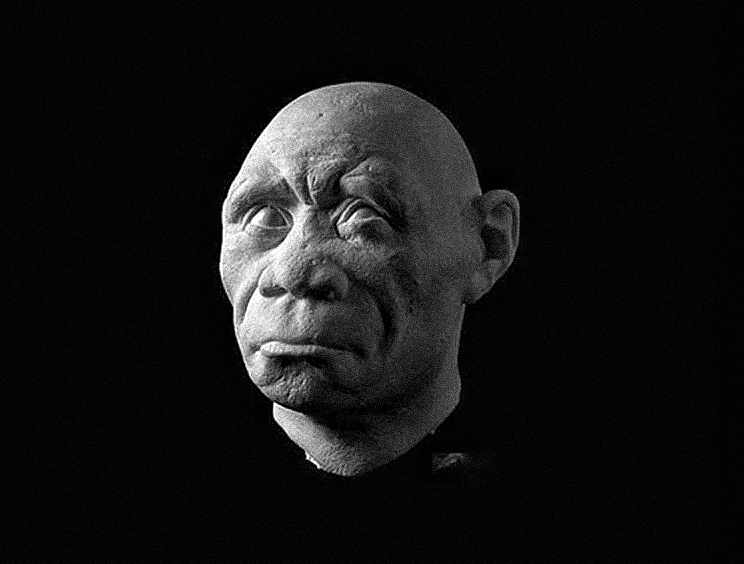
“The Hobbit” is the name given to the female remains of the hominid species known as Homo floresiensis, found in Liang Bua, Flores, Indonesia, in 2003. Name after her small stature, she was about 1 meter tall (about 3’3″) and lived about 18,000 years ago.
Nine other people’s partial skeletons have already been unearthed, and they have been the focus of rigorous research to determine whether they represent a species distinct from modern humans – it is now considered that they do. This hominid is notable for its small body and brain (420 cc) as well as its long life (perhaps as recently as 12,000 years ago).
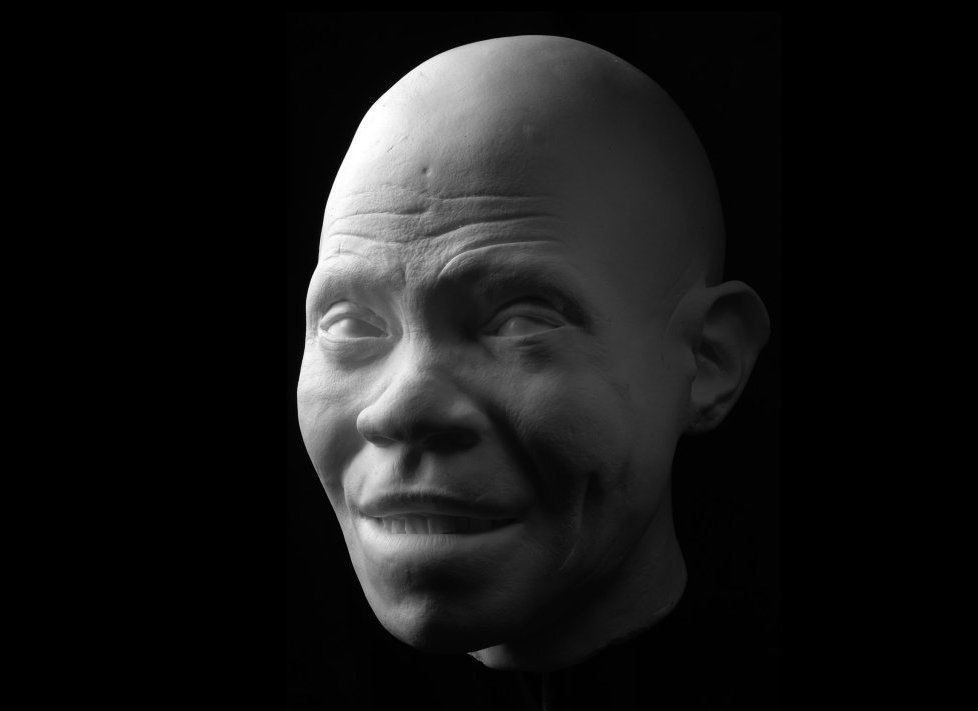
The scientific designation for humans is Homo sapiens (Latin meaning “wise man”). Anatomically modern humans first appear in the fossil record at 195,000 years ago in Africa. The model shown above was created using skull and mandible parts discovered in a cave in Israel in 1969.
This young female Homo sapien existed somewhere between 100,000 and 90,000 years ago. Her bones suggest she was around 20 years old. Her smashed head was discovered in a small grave alongside the bones of 20 others.
The facial reconstructions have been turned into an animated video by Dan Petrovic, which depicts the gradual shift in facial features over time.




